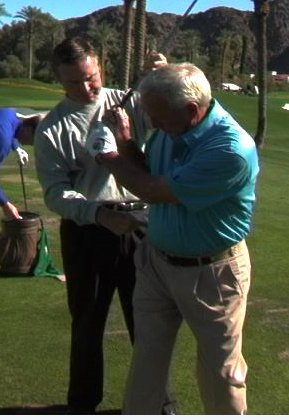The Masters Golf Tournament at Augusta National is truly one of the greatest sporting events in all of sports and is the overwhelming favorite of not only professional golfers, but also spectators. Not only is the course ‘On Earth as it is in Heaven’, it’s one where the player has to have a strong mindset to challenge the incredible number of circumstances the course demands. Virtually every shot down there requires precision thinking and planning, and the slightest miscue can result in disaster.
I’ve had the privilege of playing Augusta and was struck by how the course had to be approached with a precise game plan, and not just stand up there and flail away. The first time I walked on the hallowed grounds, I was struck by a) How tall the trees are, and b) How undulating the hills and slopes are, not to mention the greens. TV just doesn’t pick up how tall those trees are – probably due to the TV cameras being so high in the air. Not only are the greens super fast and tricky, often times you have to putt up to 30 feet off line in order to accommodate the severe slopes. This also holds true for hitting your approaches into the greens – where you have to calculate where you want to aim the ball on the green (which isn’t usually going at the pin) to give yourself a chance of having a makeable putt (or not 3 putting).
To say that you have to have a disciplined mindset there is an understatement and there have been countless Masters Championships lost due to one losing their patience and cool.
One way to find out what your mental Profile is, is to take Bobby Foster’s Mental Golf Profile Quiz – which will determine what your Mindset is and possibly what you can do to understand yourself and your relationship with golf.



